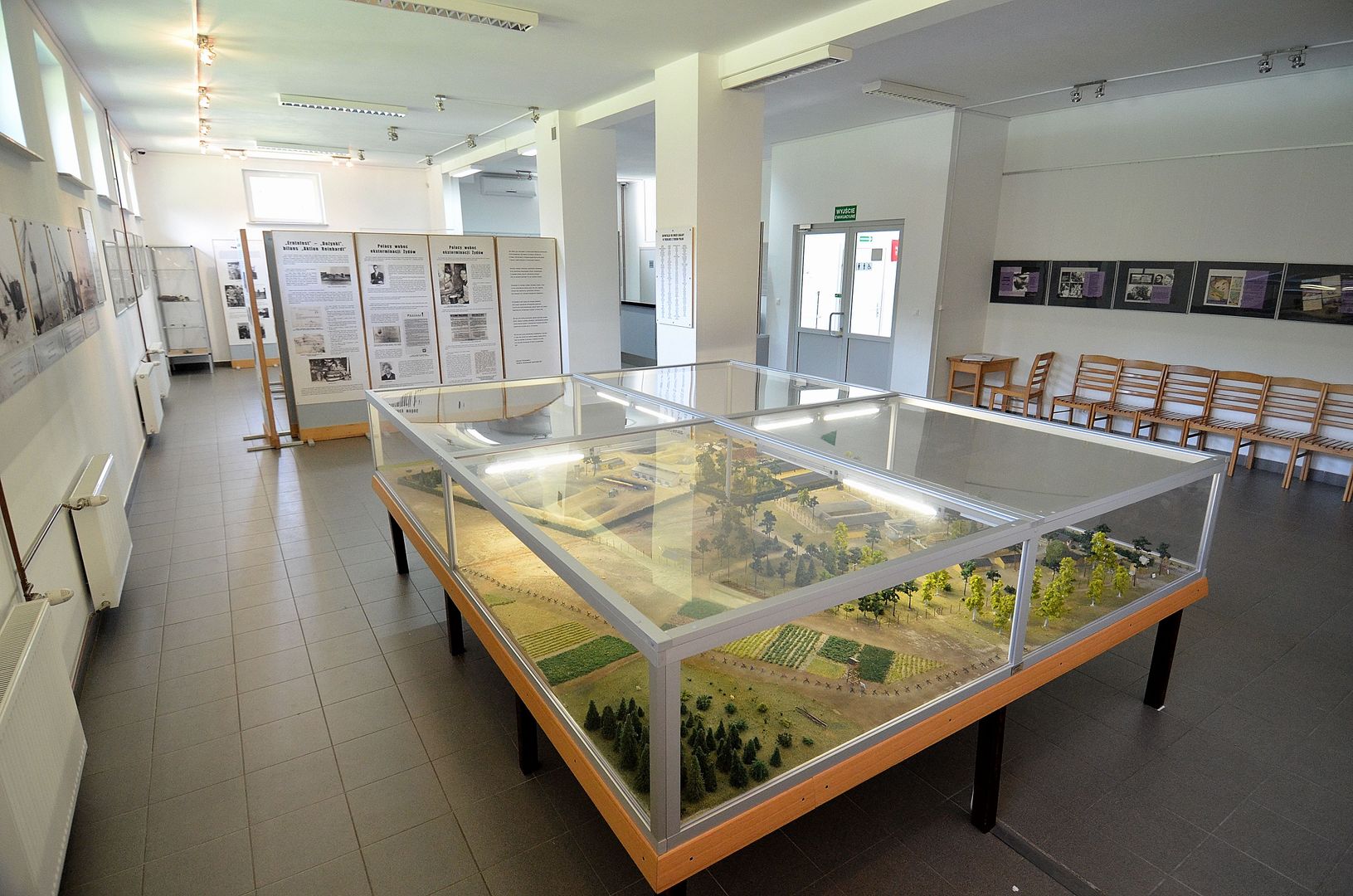Treblinka Museum. German Nazi extermination camp and labor camp
7.07

Overview
The Treblinka Museum, located in the municipality of Kosów Lacki, documents the history of two German Nazi camps: Treblinka I (a labor camp) and Treblinka II (an extermination center). The camps operated between 1941 and 1944, with approximately 20,000 people passing through the labor camp, half of whom perished. Treblinka II was a site of mass extermination of Jews, where it is estimated that at least 780,863 people lost their lives. After the war, for twenty years, the area of both camps remained uncommemorated and was dug up by so-called "grave robbers" searching for valuables. In 1964, the Mausoleum of Struggle and Martyrdom in Treblinka was unveiled, serving as the main memorial to the victims, though it was managed in a limited capacity. For years, the mausoleum lacked a permanent managing institution until 1986, when it became a branch of the Regional Museum in Siedlce. Then, in 2018, the museum became an independent cultural institution. Today, the museum covers an area of 132.64 hectares, including the sites of the former extermination camp, the labor camp, and other locations related to the history of the prisoners. In 2010, a new museum building was opened with a permanent exhibition divided into four sections, presenting both the history of World War II and the theme of the Holocaust. Among the exhibits are a model of the camp and Jewish matzevot (tombstones) that the Germans used in the construction of the "Black Road." The museum attracts a significant number of visitors annually, with 51,000 people visiting in 2013. This site not only preserves the memory of the victims but also serves an important educational and cultural role, highlighting the tragic history of the Holocaust and the atrocities of war.
Location
City
Łochów Deanery
Tertiary Administrative Division
Kosów Lacki
County
Sokołów County
State
Masovian Voivodeship
Country
2025 Wizytor | All Rights Reserved